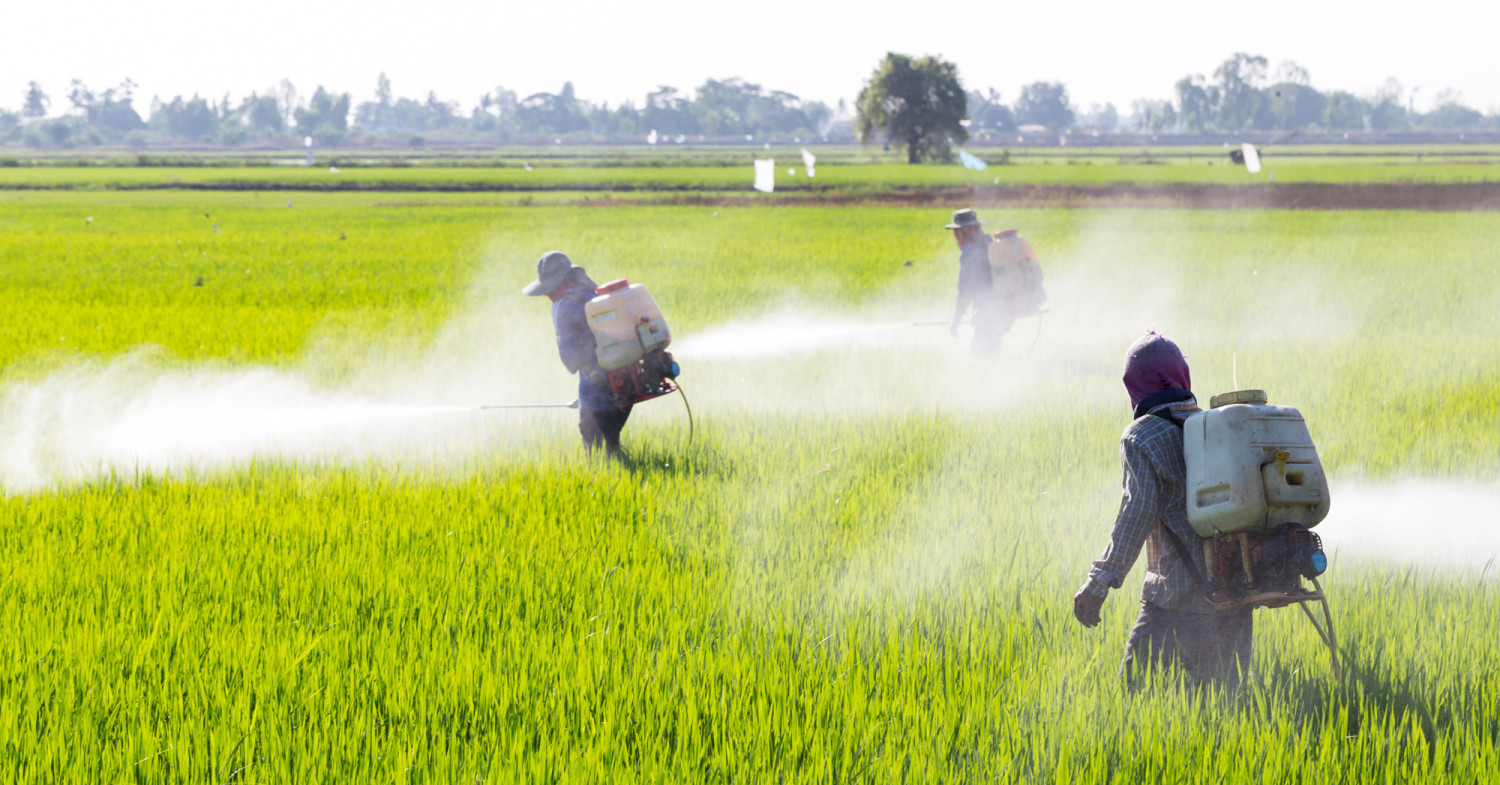The rice is touted as non-GMO and environmentally friendly but is intended to be sprayed with EU-banned herbicide imazethapyr.
Lovers of basmati rice – known as the Queen of Rice for its unrivalled taste and texture – will be dismayed to learn that the Pusa Institute of New Delhi, India is selling seed of random mutagenesis-bred herbicide-tolerant versions of basmati called RobiNOweed.
The rice, developed by the Indian Council of Agricultural Research (ICAR), is tolerant to the herbicide imazethapyr. It is being touted as non-GMO – which is not universally true as the EU defines random mutagenesis breeding as a GM technique, albeit one that is outside the scope of the GMO regulations due to its long history of use.

The herbicide-tolerant rice is also being touted as labour-saving, water-saving and environmentally friendly, because
* weeds are meant to be controlled by herbicide application rather than hand-weeding
* the rice is direct-seeded (sown directly in the ground rather than being grown first in the nursery and then transplanted into fields – the traditional method of beating weeds), and
* it doesn't require continuous flooding.
IACR has also claimed the rice will increase productivity.
However, the direct seeding method favours the emergence of weeds. So the rice has to be sprayed with liberal applications of the herbicide imazethapyr. This chemical is known to damage the DNA of tree frog tadpoles and to act synergistically with glyphosate-based herbicides to damage the DNA of toads.
Imazethapyr was banned in the EU in 2002. The European Chemicals Agency says, "this substance is very toxic to aquatic life with long lasting effects... and causes serious eye damage".
Given these facts, it is NOT environmentally friendly.
Herbicide-tolerant rice not needed – scientist
A former IACR scientist who followed the development process of the new varieties disagrees with IACR's claims about weeds. Dr Virender Singh Lather-Karnal, former Principal Scientist ICAR-IARI New Delhi, said weeds "can be easily managed" by bringing forward the sowing date. He also said imazethapyr, being a selective herbicide, will only manage specific types of weeds and farmers will also need to use other herbicides, which will increase cultivation costs.
Inevitably, weeds will quickly become resistant to imazethapyr, just as happened with GM herbicide-tolerant crops. This will lead to the spread of resistant weeds and herbicide use will climb even higher.
The environmentalist Aruna Rodrigues, who has led the public interest litigation in the Supreme Court of India against the release of GMOs in the country, has written a detailed letter to ICAR demanding that they withdraw the mutagenised herbicide-tolerant rice varieties.
She writes that IACR "has effectively ditched its mandate to Indian farmers and farming, whose competitive advantage is organic farming, which is sustainable and regenerative".
Aruna notes that the Supreme Court-appointed Technical Expert Committee (TEC), in its 2013 report, recommended a total ban on herbicide-tolerant crops in India. This was due to the toxicity of the herbicides and the risk of genetic contamination in the case of a crop for which India is a genetic centre of origin – which does apply to rice.
The Committee was also concerned about a potential reduction in employment for vulnerable sections of rural society if the need for hand weeding were to decrease. The report concludes, "HT [herbicide-tolerant] crops would most likely exert a highly adverse impact over time on sustainable agriculture, rural livelihoods, and environment. The TEC finds them completely unsuitable in the Indian context."
Source: gmwatch





